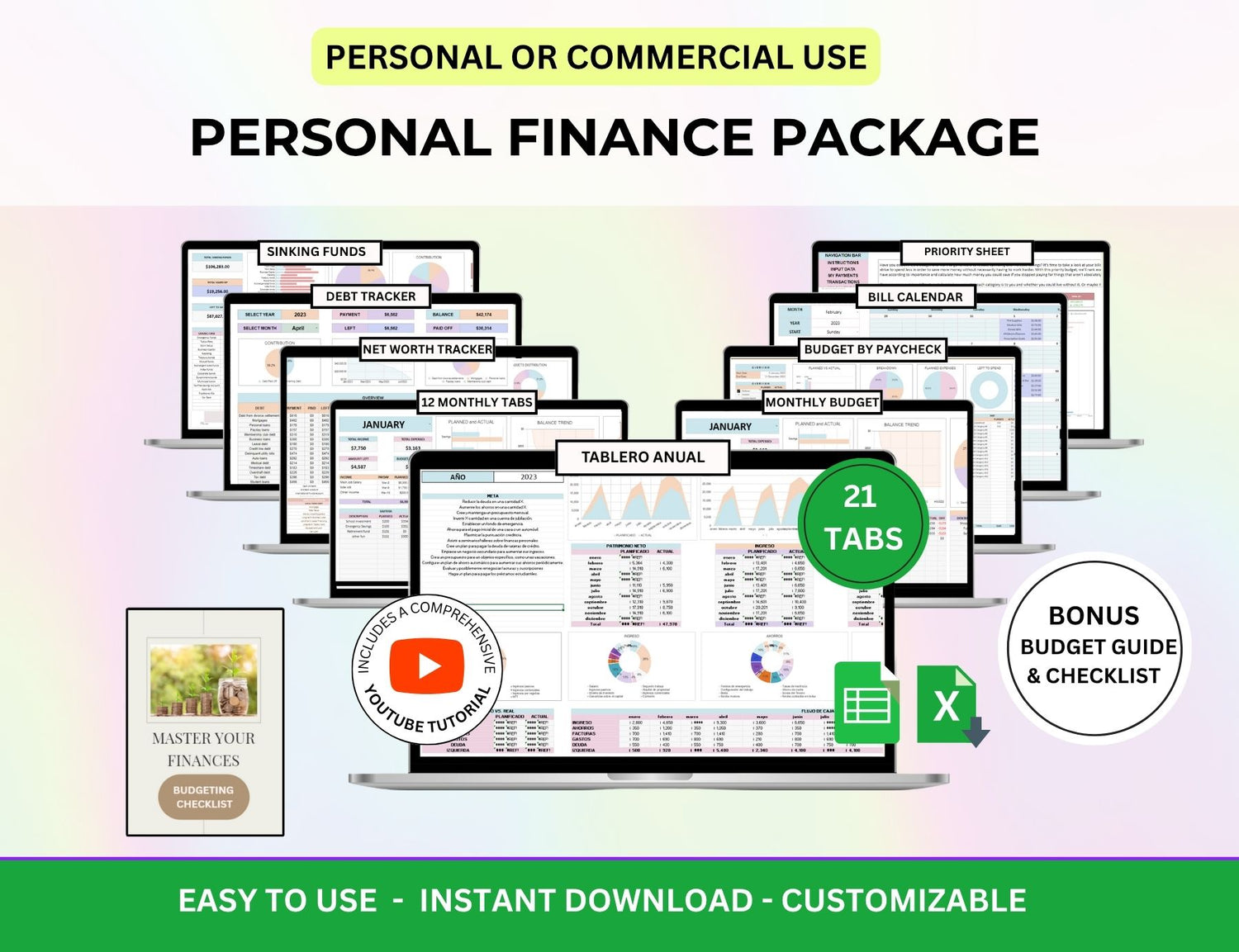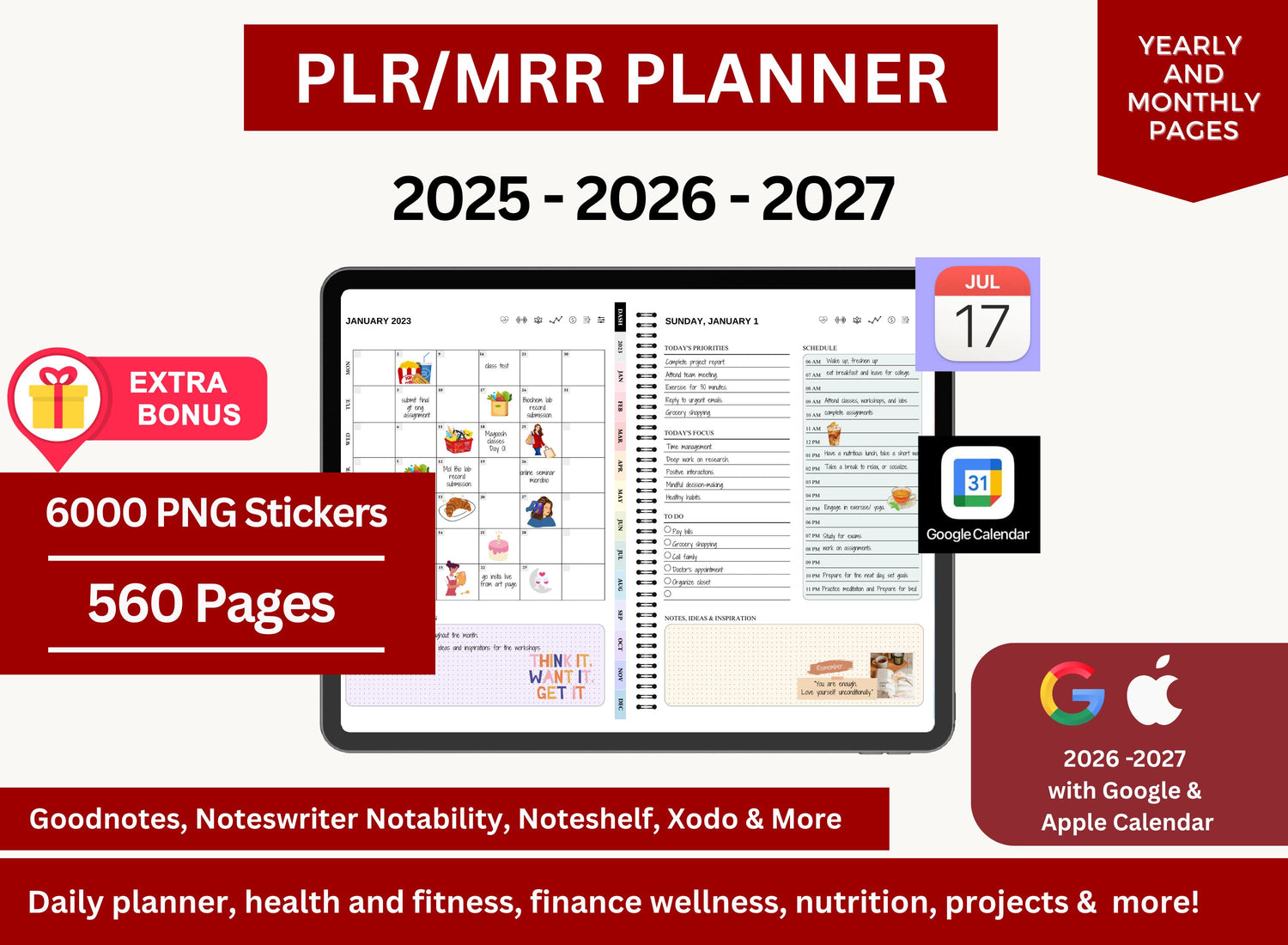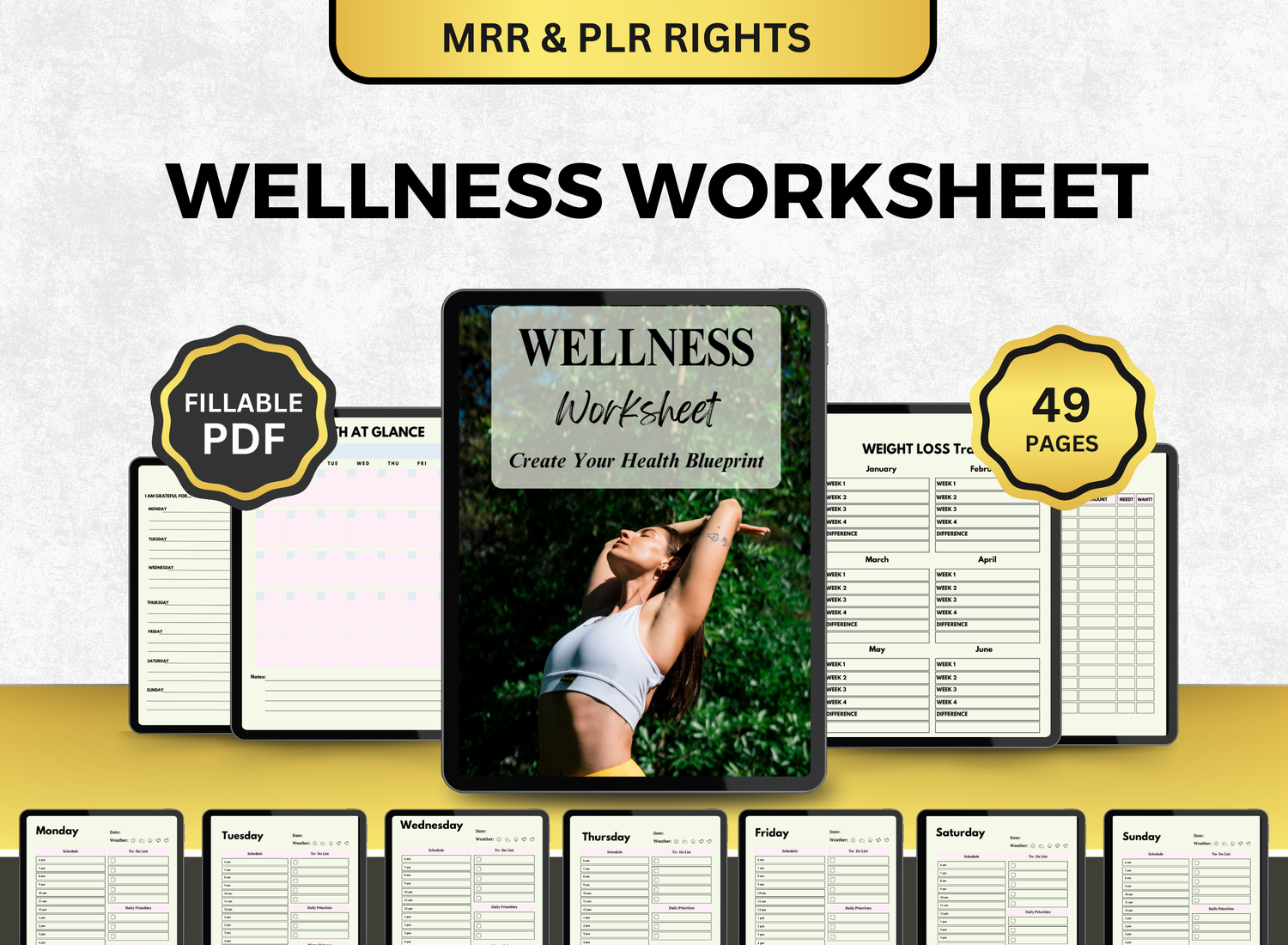How to Turn PLR Content Into High-Profit Digital Products (Without Being Spammy)
If you’ve spent more than 15 minutes in the make money online space, chances are you’ve stumbled across the term PLR content. And maybe, at first glance, it looked… questionable. Like, “Wait—people actually sell this stuff?” questionable.
And yeah, in fairness, some of it is kind of spammy. Poorly written ebooks slapped with a new cover. Templates from 2013 that feel like a relic. Entire digital courses with zero personality or originality. It’s easy to dismiss PLR (Private Label Rights) as a shortcut for people who don’t want to do the work.
But that’s not the whole story.
Because when you actually look at PLR for what it is—a raw material, not a finished product—it starts to look a lot more promising. Kind of like buying a blank canvas. It’s not the canvas that matters. It’s what you do with it.
So, yes. You can take PLR content and turn it into polished, high-value digital products that sell. You really can. But (and it’s a big but), you’ve got to do it right. You’ve got to approach it with care, strategy, and a decent amount of editing. Otherwise, it’s just noise. And there’s plenty of that already.
Let’s break it down. What PLR actually is, how to find decent material, and—most importantly—how to transform it into digital products that feel like you made them from scratch (even if you technically didn’t).
TL;DR
Step |
What to Focus On |
|
1. Find Smart PLR |
Start with a real market need |
|
2. Transform It |
Rewrite, repurpose, add your own touch |
|
3. Package It |
Make it look legit (because it is) |
|
4. Sell It |
Promote it confidently and ethically |
✅ PLR isn't a scam—it’s just step one.
🔁 Your edits and voice make it worth paying for.
What is PLR Content, Really?
PLR stands for Private Label Rights, which essentially means you're purchasing content that you can edit, rebrand, and resell as your own. This could be an ebook, a video series, email templates, graphics, blog posts, or even entire courses.
Now, some people confuse this with master resell rights, which usually means you can resell the rights to resell—kind of like a digital pyramid, if you’re not careful. But PLR is a little more focused on repurposing. You take it, tweak it, repackage it, and release it as your own creation.
Just a heads up: the barrier to entry for selling PLR is very low. Which means... most of it isn’t great. But with a trained eye and a bit of patience, you can find diamonds in the rough.
(An example of a PLR product; "Grow A Rose" habit tracker spreadsheet.)
Why PLR Has a Bad Reputation (And How to Avoid That Trap)
Let’s just call it out. A lot of people use PLR content lazily. They slap their name on an ebook they didn’t write, upload it to Gumroad or Etsy, and hope for the best. No editing. No personalization. No brand voice.
It’s not that PLR itself is bad—it’s how it’s used.
This is important: if your PLR product feels like it was auto-generated in a basement in 2009, no one’s going to buy it. Or worse, someone will buy it and never come back. That’s not passive income; that’s digital self-sabotage.
Instead, think of PLR as a rough draft. A starter kit. You wouldn’t publish the first version of an essay you wrote at 2 a.m. with no coffee and no sleep. Same goes here. It needs love. It needs editing. It needs you.
Step 1: Choose PLR That Matches a Real Market Need
Let’s not overcomplicate this. Your goal is to sell something people already want. So don’t start by browsing PLR catalogs hoping something will “inspire you.” That’s a trap. You’ll end up with a folder full of “10 Ways to Be More Confident” PDFs and no idea who to sell them to.
Instead, reverse the process.
Start by asking:
- What’s a problem people are actively trying to solve?
- What niche do I actually understand (or want to learn)?
- Where are people already spending money on digital products?
Use marketplaces like Etsy, Gumroad, or even Amazon Kindle to see what’s trending. If you type in “budget planner,” and thousands of results come up with real reviews and high sales? That’s a sign.
Once you know your niche and your product type—then go look for PLR that fits.
(An example of a PLR product with a specific market; wellness coach social media templates.)
Step 2: Don’t Just Edit—Transform
Okay, this is the most important part. If you take the PLR and just switch out a few headlines, maybe change the font... it’s still going to feel like PLR. The key is transformation, not just editing.
Here’s what that actually looks like:
🔹 Rewrite It in Your Own Voice
Most PLR content is written in a bland, generic tone. Rewrite it like you’re talking to a real person. Add a little personality. Tell a quick story or anecdote. Even something small—like, “I used to totally ignore budgeting apps until I realized I had no idea where my money went.”—goes a long way.
🔹 Break It Into New Formats
A long ebook can be turned into:
-
A mini email course
-
A 5-part video series
-
A set of worksheets or checklists
-
A bundle of smaller guides
You don’t have to sell it all as one big thing. Breaking it down often makes it feel more valuable—and honestly, more digestible.
🔹 Add Original Value
This part takes some work, but it’s where the magic happens.
Some ideas:
- Add personal insights or examples
- Include a unique bonus (like a Notion template, Canva graphic, or short video tutorial)
- Pair it with a private community or feedback option
- Add audio narration to a guide for an audiobook-style product
Even just adding original visuals or branding can make a PLR product feel fresh and professional.
Step 3: Package It Like a Pro
You could have the best digital product in the world, but if your sales page looks like it came from the MySpace era, it’s not going to sell. That’s just how people are—we judge books by covers, especially digital ones.
So when you’re turning PLR into a real product, presentation is everything.
A few basics:
- Create a clean, modern cover (you can use Canva for this).
- Write a compelling product description that focuses on the transformation or outcome (not just what’s inside).
- Include visuals—mockups, page previews, icons, etc.
- Price it appropriately. If it feels cheap, people assume it’s low-quality.
Even if the base content came from PLR, the experience of your product should feel original and trustworthy.
(An example of a easy-to-package and easy-to-market PLR product; student planner.)
Step 4: Sell It Like It’s Yours (Because Now It Is)
Once you’ve reworked the PLR into something fresh, don’t be shy about promoting it. At this point, it’s your product. You’ve shaped it, refined it, maybe even improved it dramatically.
Some beginner-friendly platforms to sell digital products include:
You can also bundle it with other offers or even use it as a free lead magnet to grow your email list. Free doesn’t mean worthless—it can lead to bigger purchases down the line.
And yes, with the right setup, it can turn into real passive income. Not 100% passive—there’s always a bit of maintenance—but close enough that the dream starts to feel… not impossible.
(An example of a easy, re-brandable PLR product; faceless marketing digital bundle.)
Real Talk: Is This a Sustainable Business Model?
Here's where we get a little honest. Can you build an entire business on PLR products?
Yes. Technically.
But should you? Probably not only on PLR. Think of it more like a starter kit. A launch pad. Something to help you get traction, validate an idea, or earn a little while you build original content in the background.
The people making long-term money from PLR tend to:
- Use it to test markets quickly
- Layer in original content over time
- Build a brand that’s more than just products
- Offer services or coaching alongside products
So yes, it can be profitable. But sustainable income tends to come from adding your own brain and personality into the mix.
PLR Isn’t Cheating—It’s a Shortcut (If You Use It Right)
At the end of the day, PLR content isn’t some magic get-rich-quick button. It’s just a tool. And like any tool, it can be used well… or poorly.
If you treat it like a fast cash-grab, people will see right through it. But if you use it as a foundation—something to shape and refine and build on—it can help you launch faster, earn sooner, and actually create products that people find valuable.
So, if you’ve been sitting on a hard drive full of unused PLR content, maybe it’s time to dust it off. Read it. Rewrite it. Make it better. Then ship it.
You might be surprised at what happens next.










